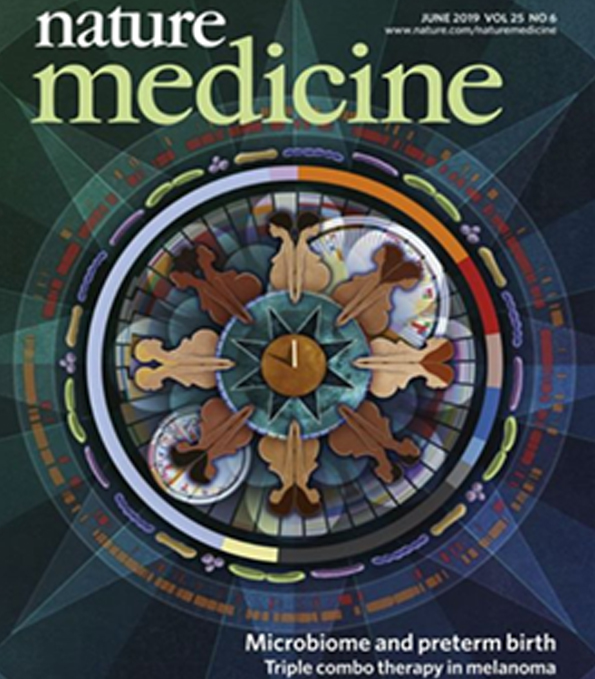
2019 Adopting machine learning to automatically identify candidate patients for corneal refractive surgery
Abstract
Recently, it has become more important to screen candidates that undergo corneal refractive surgery to prevent complications. Until now, there is still no definitive screening method to confront the possibility of a misdiagnosis. We evaluate the possibilities of machine learning as a clinical decision support to determine the suitability to corneal refractive surgery. A machine learning architecture was built with the aim of identifying candidates combining the large multi-instrument data from patients and clinical decisions of highly experienced experts. Five heterogeneous algorithms were used to predict candidates for surgery. Subsequently, an ensemble classifier was developed to improve the performance. Training (10,561 subjects) and internal validation (2640 subjects) were conducted using subjects who had visited between 2016 and 2017. External validation (5279 subjects) was performed using subjects who had visited in 2018. The best model, i.e., the ensemble classifier, had a high prediction performance with the area under the receiver operating characteristic curves of 0.983 (95% CI, 0.977–0.987) and 0.972 (95% CI, 0.967–0.976) when tested in the internal and external validation set, respectively. The machine learning models were statistically superior to classic methods including the percentage of tissue ablated and the Randleman ectatic score. Our model was able to correctly reclassify a patient with postoperative ectasia as an ectasia-risk group. Machine learning algorithms using a wide range of preoperative information achieved a comparable performance to screen candidates for corneal refractive surgery. An automated machine learning analysis of preoperative data can provide a safe and reliable clinical decision for refractive surgery.
링크 연결 : https://www.nature.com/articles/s41746-019-0135-8
출처 : NPJ digital medicine
 NEWS & BLOG
NEWS & BLOG
 NEWS & BLOG
NEWS & BLOG
